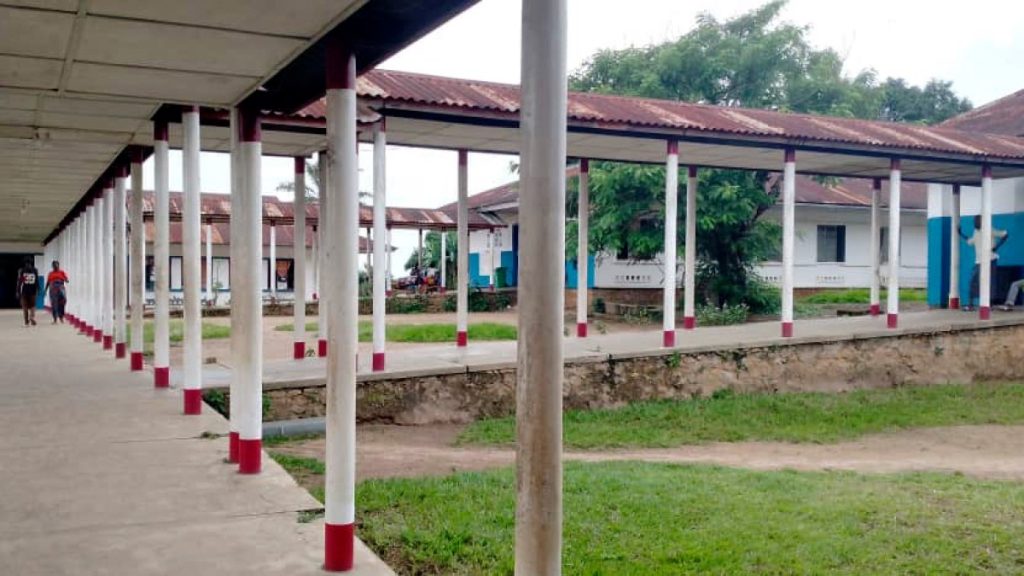Unraveling the Mystery Illness in the Democratic Republic of Congo
A wave of fear and uncertainty swept through the Democratic Republic of Congo (DRC) in late 2023 as reports emerged of a mysterious illness claiming lives, predominantly in the southwestern Kwango province. Initial accounts described a respiratory ailment, with symptoms including fever, headache, cough, runny nose, and body aches. The situation escalated rapidly, with local authorities reporting 143 fatalities in the Panzi health zone in November alone. The unknown nature of the disease fueled speculation and anxiety, raising concerns about a potential new epidemic.
However, amidst the growing apprehension, the DRC’s Ministry of Public Health embarked on a thorough investigation to determine the cause of the outbreak. Their efforts culminated in a definitive announcement: the mysterious illness was, in fact, a severe form of malaria manifesting as a respiratory illness. This revelation brought a sense of relief, shifting the focus from an unknown threat to a familiar adversary. Malaria, a mosquito-borne infectious disease caused by Plasmodium parasites, has long plagued the DRC, and this outbreak underscored the country’s ongoing battle against this persistent health challenge.
The investigation revealed that the severity of the malaria outbreak was exacerbated by underlying malnutrition prevalent in the affected region. Malnutrition weakens the immune system, making individuals, particularly children, more susceptible to infections and less able to fight off severe complications. This factor played a significant role in the high number of cases and fatalities observed in the Panzi health zone, where children under five accounted for a majority of those affected.
The confirmation of severe malaria as the cause of the illness paved the way for targeted interventions. The World Health Organization (WHO) stepped in to provide essential support, supplying anti-malarial medication to the main hospital and health centers in the affected area. Further health kits containing supplies for managing moderate and critical cases were also dispatched to bolster the local healthcare system’s capacity to respond to the outbreak. The collaborative effort between the DRC’s health ministry and the WHO demonstrated the importance of international cooperation in addressing public health crises.
The outbreak highlighted the vulnerability of remote and rural communities, such as the Panzi health zone, which faced significant challenges in accessing healthcare resources. The distance from the capital city, Kinshasa, added another layer of complexity to the response efforts. The limited resources and capacity of the Panzi Hospital further underscored the need for strengthened healthcare infrastructure in such areas. This outbreak served as a stark reminder of the health disparities that exist within the DRC and the importance of investing in accessible and quality healthcare for all.
The DRC bears the unfortunate distinction of having the second-highest number of malaria cases and deaths globally. Malaria remains the leading cause of death in the country, a testament to the ongoing struggle to control this pervasive disease. The outbreak in Kwango province, though initially shrouded in mystery, ultimately underscored the persistent threat of malaria in the DRC. It emphasized the need for sustained efforts to combat malaria through preventive measures such as mosquito nets, insecticide spraying, and access to effective treatment. The outbreak served as a call to action for continued investment in malaria control programs and strengthening the healthcare system to effectively address this persistent health challenge.

